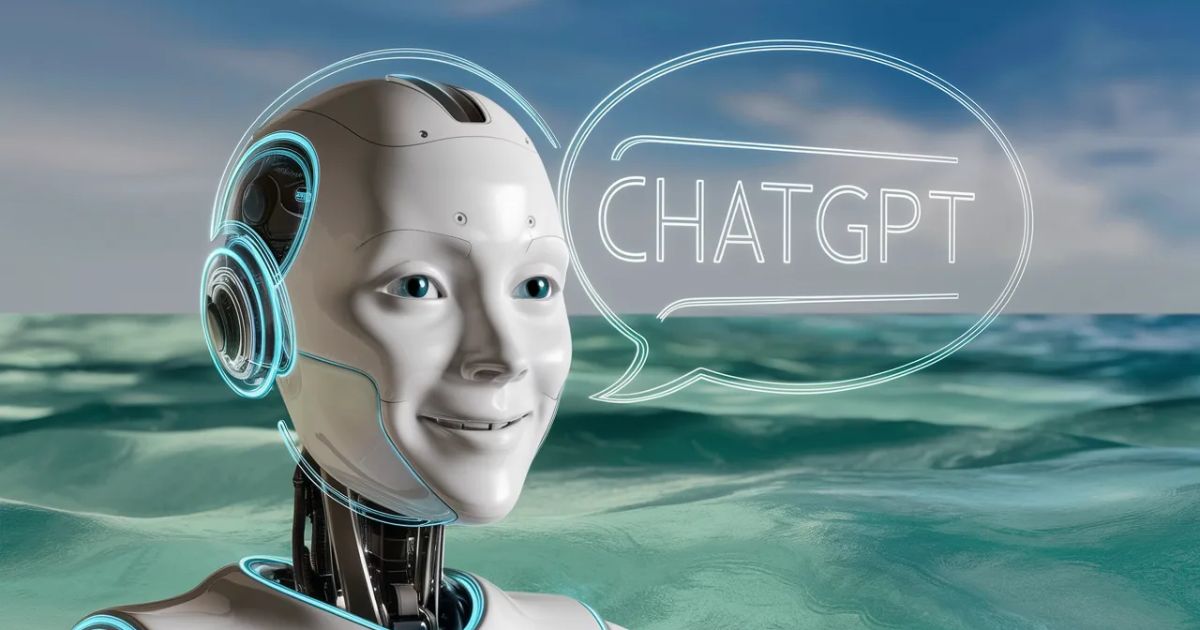In the rapidly evolving world of artificial intelligence, one remarkable innovation has captured the imagination of users worldwide – ChatGPT. Developed by Open AI, this state-of-the-art language model possesses the remarkable ability to understand and generate human-like text, making it a powerful tool for a wide range of applications.
Whether you’re a writer seeking inspiration, a coder in need of assistance, or simply someone curious about the potential of AI, this ultimate guide will equip you with the knowledge to harness the full capabilities of ChatGPT.
Setting Up Your AI Assistant
Getting started with ChatGPT is a straightforward process. First, you’ll need to create an account on the OpenAI website or their dedicated ChatGPT platform. Once you’ve signed up and logged in, you’ll be greeted by the sleek and intuitive ChatGPT interface.
Here, you can customise your experience by adjusting the AI’s personality, setting preferences for language, and even choosing from different conversation modes. The classic mode allows for free-form conversations, while the coherence mode ensures a more focused and structured dialogue.
To enhance your experience, consider downloading the ChatGPT app for Mac or Windows, which offers additional features and seamless integration with your local environment.
Mastering the Art of Prompting

Effective prompting is the key to unlocking ChatGPT’s true potential. Clear and specific prompts will yield more accurate and relevant responses, while vague or ambiguous queries may lead to unsatisfactory results. Here are some examples of effective prompts for various use cases:
Writing Tasks:
- Write a persuasive essay on the importance of renewable energy sources, addressing counterarguments and providing statistical evidence.
- Create a short science-fiction story set in a dystopian future, incorporating themes of rebellion and hope.
When providing code snippets or technical queries, be sure to use markdown formatting for proper syntax highlighting and readability.
Writing Tasks Made Easy
ChatGPT’s capabilities extend far beyond simple text generation. With its advanced language understanding, it can assist you with a wide range of writing tasks, from essays and articles to scripts and stories. Simply provide the AI with a clear prompt, including any specific requirements, such as tone, style, or format, and let it work its magic.
For example, you could ask ChatGPT to:
“Write a 500-word blog post in a conversational tone about the benefits of mindfulness meditation, including personal anecdotes and practical tips.”
The AI will then generate a well-structured and engaging piece of content tailored to your specifications.
Coding and Technical Assistance
For developers, programmers, and tech enthusiasts, ChatGPT can be an invaluable resource. Whether you need help with coding, debugging, or simply understanding complex technical concepts, this AI assistant has got you covered.
By providing code snippets or describing your technical challenges, ChatGPT can offer explanations, suggest solutions, and even generate code samples to help you overcome obstacles and streamline your workflows.
Creative Explorations with ChatGPT
While ChatGPT excels at task-oriented prompts, it also offers a canvas for creative exploration. Engage in freeform conversations, bounce ideas off the AI, or use it as a collaborative writing partner to unlock new realms of imagination and creativity.
For instance, you could prompt ChatGPT with:
“Let’s brainstorm a unique plot for a dystopian young adult novel, incorporating elements of technology, rebellion, and environmental themes.”
The AI will then engage in a dynamic dialogue, offering suggestions and building upon your ideas, fostering an innovative and collaborative creative process.
Limitations and Considerations
Despite its impressive capabilities, it’s crucial to understand the limitations of ChatGPT. The AI’s knowledge is based on a specific training dataset, which means its information may not always be up-to-date or entirely accurate. As a responsible user, it’s essential to fact-check and verify any critical information obtained from ChatGPT, especially in domains such as healthcare, finance, or legal matters.
Additionally, there are ethical concerns surrounding the use of AI-generated content, such as potential biases, plagiarism, and the risk of misinformation. It’s important to strike a balance between leveraging ChatGPT’s assistance and maintaining human oversight and accountability.
Pro Tips and Tricks
As you delve deeper into the world of ChatGPT, you’ll discover advanced techniques and features that can further enhance your experience. Here are some pro tips and tricks to explore:
- Few-shot Learning: Provide the AI with a few examples of the desired output to help it better understand and replicate the task at hand.
- Chain-of-Thought Prompting: Ask ChatGPT to break down complex problems step-by-step, following its thought process to arrive at a solution.
- Integrations and Workflows: Leverage tools like Zapier to integrate ChatGPT into your existing workflows, automating tasks and streamlining processes.
- GPT Builder: Experiment with OpenAI’s GPT Builder platform to create custom language models tailored to your specific needs and data.
- Voice Mode: Take advantage of ChatGPT’s voice capabilities, engaging in natural language conversations or dictating prompts using speech input.
- Multimodal AI: Explore the potential of combining text, images, and other modalities by leveraging ChatGPT’s image analysis and generation capabilities.
FAQ’s
Is ChatGPT free to use?
Yes, ChatGPT is currently available for free use, although some advanced features or integrations may require a paid subscription in the future.
What kind of tasks can ChatGPT assist with?
ChatGPT can help with a wide range of tasks, including writing, coding, analysis, research, ideation, and creative projects, thanks to its natural language processing capabilities.
How does ChatGPT generate responses?
ChatGPT uses a large language model trained on vast amounts of text data, allowing it to understand and generate human-like responses based on the input prompts and context provided.
Can ChatGPT replace human writers or developers?
While ChatGPT is a powerful tool, it is not designed to fully replace human writers, developers, or other professionals. It should be used as an assistive technology to augment and enhance human capabilities.
Are there any limitations or ethical concerns with using ChatGPT?
Yes, ChatGPT has certain limitations, such as potential biases, factual inaccuracies, and the risk of generating harmful or misleading content. Users should fact-check important information and use it responsibly within ethical boundaries.
Conclusion
In the ever-evolving landscape of artificial intelligence, ChatGPT stands as a remarkable testament to the transformative potential of conversational AI and natural language processing. Whether you’re a writer, coder, or simply someone curious about the future of technology, this powerful tool offers a gateway to new realms of creativity, productivity, and intellectual exploration.
Embrace the opportunities presented by ChatGPT, but do so responsibly, with a critical eye and a commitment to ethical practices. Continuously refine your prompting skills, stay updated on the latest advancements, and let your imagination soar as you collaborate with this cutting-edge AI assistant.
The future is now, and with ChatGPT at your fingertips, the possibilities are virtually limitless. So, what are you waiting for? Start unleashing the power of conversational AI today!












